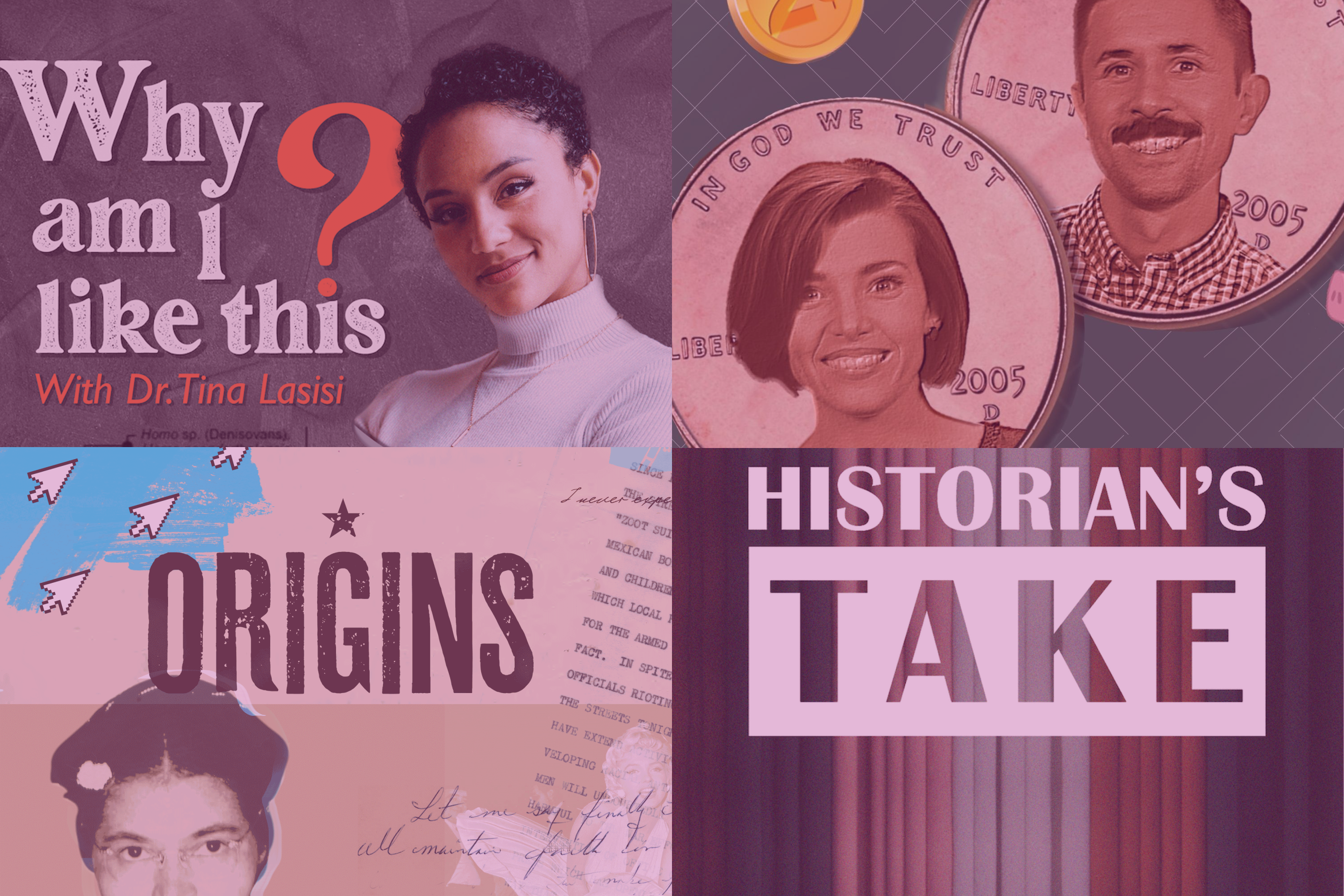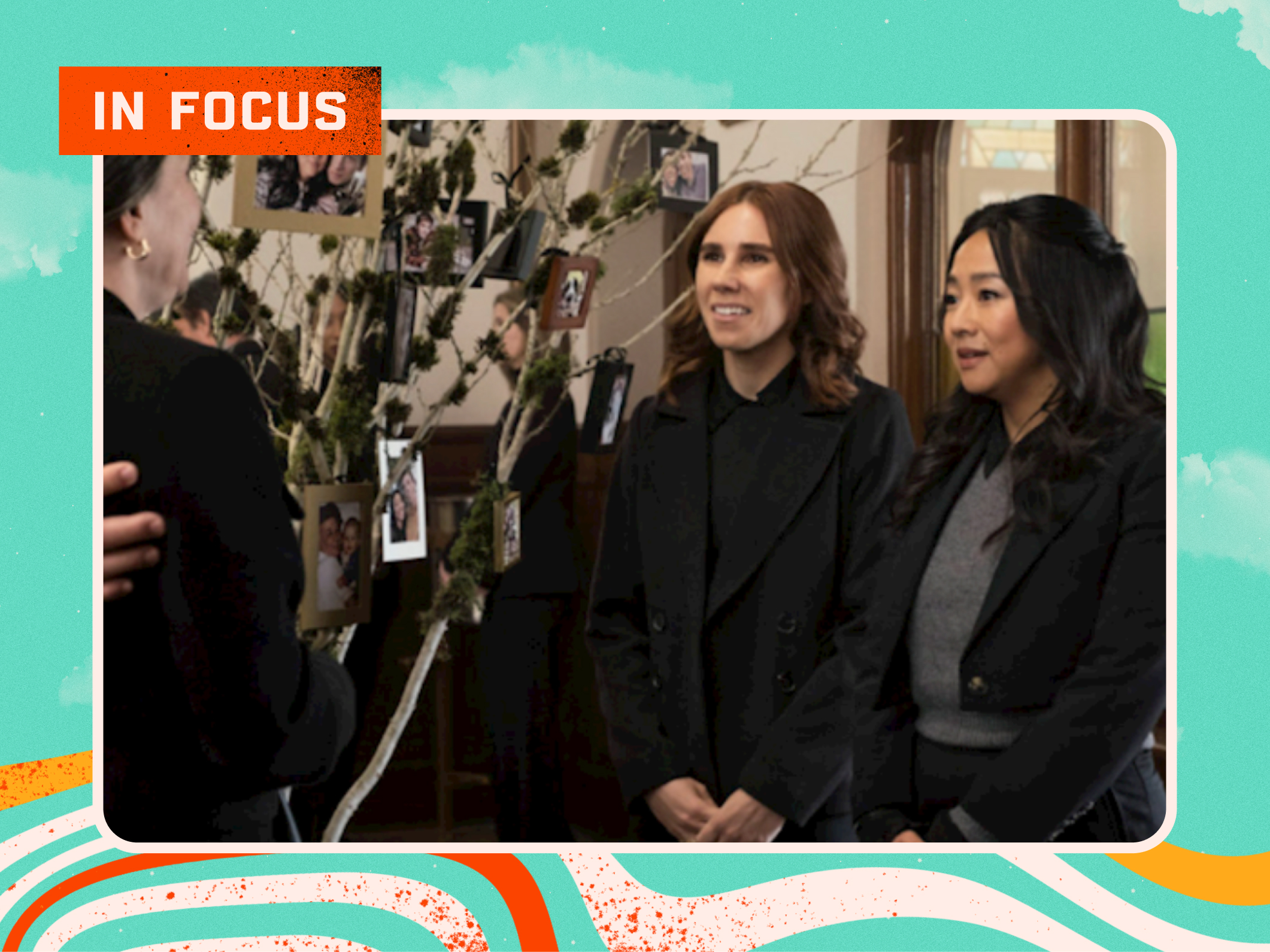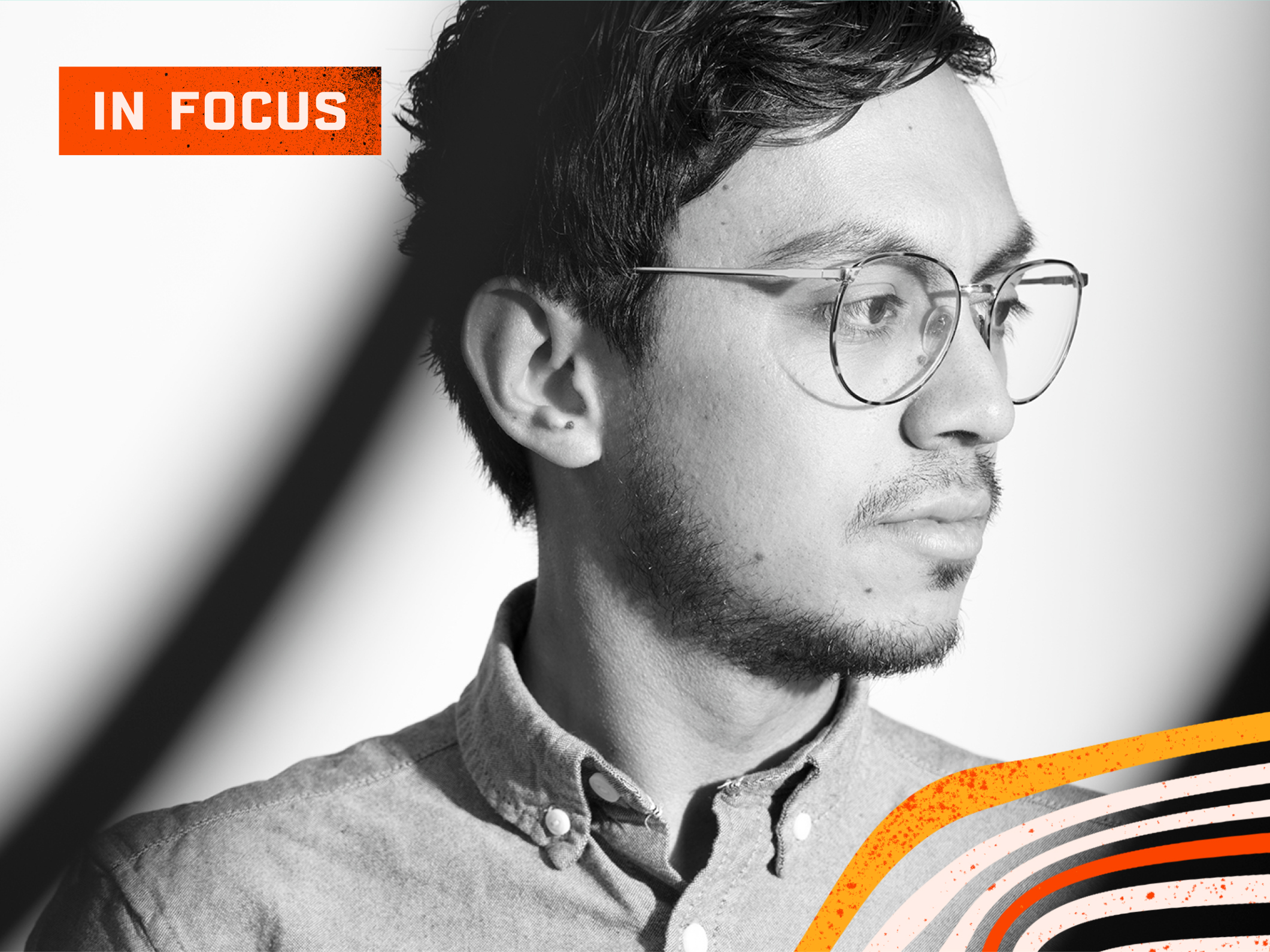For this month’s In Focus interview, we’re exited to feature PBS Digital Studios! PBS Digital Studios is a YouTube channel and network through which PBS distributes original educational web video content. It comprises both original series and partnerships with existing YouTube channels. Currently, PBSDS includes a YouTube network of 14 active channels, including three multi-series themed channels, with 26.5 million subscribers, and over 3.1 billion lifetime views.
We sat down with Head of PBS Digital Studios, Maribel Lopez, to discuss the creative process at PBS Digital Studios and how they create entertaining content that is also educational and informative. As Head of PBS Digital Studios, Maribel serves as the executive producer of PBS’s original digital programming, oversees publishing operations and manages relationships with PBS member stations on behalf of PBS Digital Studios. She is responsible for identifying opportunities to expand reach and implement strategies to advance the legacy of PBS to the next generation of fans and supporters of public media.
How does your team define creative success?
Creative success at PBS Digital Studios is closely tied to the mission of public media. We aim to connect and inspire audiences through original programming that is both entertaining and educational, and one of the things I really love about what Digital Studios does is build communities around different subject matter areas. Our ability to respond to the needs of viewers helps us understand how to be innovative with our storytelling while ensuring that we’re still telling the stories that need to be told.
We do an annual survey with our audience every year at Digital Studios, and that really helps us in our programming decision-making. We don’t let the data inform everything we do, of course, but it’s helpful to really, truly be listening to our audience and be responsive and take into consideration what they have to say so we can best serve them. And we’re going through a lot of that data right now to help us plan for the future.
What is the creative process at PBS Digital Studios like? Does it differ from project to project? If so, how?
Our creative process starts with thinking about how we can find and serve a unique niche in the different subject areas we specialize in. The subject areas — history, science, arts and humanities — helps us narrow in on the types of shows we’d like to bring into the creative process. PBS Digital Studios has a pitch portal that producers can use to submit their ideas and through our streamlined operations process, we’re able to pick and choose the projects we’re most excited about, and work with creators and producers to define the format, style and branding, which is different for every show.
What is your favorite piece of work you created in the past year? Tell us the story behind it
There are countless pieces of work I could list off as PBS Digital Studios has so many creative and talented creators—so hard to pick a favorite!
A standout initiative from this past year has been building up our science-themed channel, PBS Terra. Thanks to a grant from the National Science Foundation, PBS Digital Studios has a bunch of new science-themed series coming to that channel.
One of those new shows is Why Am I Like This?, produced by STEMedia and hosted by biological anthropologist Dr. Tina Lasisi. The series explores how and why our bodies do what they do—like why we smell and where skin color comes from, etc. One goal for the producers of the show is to broaden participation from traditionally underrepresented racial and ethnic groups in STEM fields. The writing team is led by women of color and this representation is reflected in the voice and tone of the series. They lead with skits and humor, making the content approachable, relatable and fun, which is a unique approach for us on this channel.
How do you balance creating content that is both educational and entertaining?
Since the start of PBS Digital Studios in 2012, we’ve launched over 70 original video series and two podcasts—and through collaboration with our producing partnerships, we’ve built highly engaged communities across multiple platforms that value content that informs and inspires. We believe that we should reflect the audiences that we want to serve and over the last ten years, we’ve brought many new faces, personalities and talented individuals into the fold of public media that reflect the diversity of the audiences we hope to engage.
We also pride ourselves in creating content that allows us to be responsive and learn in real time what the sweet spots are for balancing education with entertainment. If we have a 10-episode run of a show, we can develop the first few episodes, and use audience data to help inform future episodes. We want to keep people watching the whole way through and value listening to our audience. If people are really into science, what kind of science do they want to hear more about? Do they want to learn more about psychology? Then, we can try to build something around that and best serve them.
What is the biggest creative risk you took recently? What was the outcome?
This past year we launched a history-themed channel called PBS Origins. This channel was originally a show channel for our history series, The Origin of Everything, hosted by Dr. Danielle Bainbridge. When we made the strategic decision to relaunch the show channel into a history-themed channel, we weren’t sure how the audience would respond. Danielle was not only the host of Origin of Everything, but she was the voice of the show, the existing channel and the accompanying social media accounts—and this was something we were sensitive to and needed to carefully consider and navigate as we relaunched the channel. With Danielle’s help and support, we were able to successfully make the shift with little disruption and launched the tentpole series for PBS Origins, Historian’s Take.
Whose work inspires you the most? Shout out some work that you feel deserves more attention!
Every show on the PBS Digital Studios network is inspiring in some way, shape or form. Whether it’s the subject matter, the format, the approach—each series delivers on our mission to inspire audiences.
Our personal finance show, Two Cents, has been around for several seasons and continues to be a stand-out series. Our primary audiences are young adults and we know that generation has experienced adulthood with a lot of economic volatility. Not to mention, understanding finances and money can be intimidating! Something Two Cents does extremely well is breaking financial concepts down in a very approachable and accessible way. It’s inspiring knowing that viewers are learning valuable lessons that can directly help them navigate their finances and even help them reach their personal finance goals.
Subcultured, a series on our PBS Voices YouTube channel, sheds a well-deserved light on the lesser-known subcultures that inspire and influence mainstream culture today. One episode this season I found especially inspiring explored the virtual reality chat community, a community I knew nothing about. The series host, Josef Lorenzo, went as far as working with a VR chat creator to have their own avatar created so they could attend a nightclub in VR, and they hosted a virtual watch party for the episode in VR. It was cool and innovative and the response from the VR chat community was so positive.
I was inspired by the creative, deep and highly inclusive approach the producers took to share more about this community with viewers (full disclosure, I used to work with them at Twin Cities PBS). The focus on creating understanding and empathy about lesser-known communities drives the work and it shows. They also have provided descriptive audio tracks for all of the episodes of Subcultured, making the program accessible to more audiences.
What does winning Telly Awards mean to you?
It is an honor! Winning Telly Awards demonstrates to our team, colleagues and the world that we can stand out in a field that is becoming both increasingly saturated and competitive. We are truly humbled to be in the company of so many incredible creators and globally recognized organizations trailblazing the future of media.





